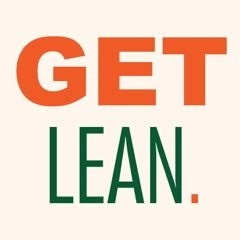Ouch. Your sales force just missed another deadline, putting launch of your new product line in jeopardy. What’s wrong? With a broader, end-to-end look at what they are doing, you might just find significant opportunities to help free up more of their time for selling instead of the other necessary activities that aren’t managed most efficiently and may be done elsewhere.Learning lean management to solve sales effectiveness issues isn’t about text books and case studies. A visit to an actual best-in-practice lean environment, or even peer-to-peer programs have proven much more effective, and are core to McKinsey’s approach. They have opened up an extranet, free to join, to discuss this and other topics.
Here is an excerpt from their new article on freeing up the sales force for selling:
Transforming sales operations isn’t easy. First, companies have a natural aversion to tinkering with the sales force—senior executives must overcome the common fear that disrupting it will jeopardize revenue. Second, executives from not only sales and sales support but other functions, such as finance, must work together to recognize and pursue opportunities. Third, successful transformations require steadfast support from the very top: someone must compel executives from across the organization to sit down, share data, and be willing to talk about what’s not working. A top leader must override internal politics, see the big picture, and focus on the best solution regardless of past practices.
In addition, new capabilities and talent may be required because successful transformations fundamentally change business processes and the ways multiple stakeholder groups interact, from customers to both the front and back offices. When one consumer-packaged-goods company redesigned its Latin American sales operations, for example, it centralized and streamlined many tasks (for instance, credit checks and the ordering of services) that had previously been carried out by sales support at the country level. This move freed support staff to pursue higher-value activities such as pricing strategy and post-promotion analysis and boosted the impact of the time returned to the sales team.
Finally, winning back and protecting selling time requires vigilance. The growth and proliferation of sales channels in the business-to-business and business-to-consumer worlds continually reinject nonselling activities into a sales rep’s day. In addition, old habits chip away at selling time: a rep’s reflexive response when a customer demands a quick answer is to drop everything and dive in, even when a modern sales support mechanism is in place to handle any issue faster and better. “It is key to stop reps from bypassing the new system, even if reps think they are more effective,” says one top sales executive at a high-tech company. “Their time is better used to sell.”
As a registered member, you will have full access to all features of the Operations Extranet. Their Web site provides practical insights into improving business performance, opportunities for participating in stimulating debate and a superb selection of resources for staying on top of industry developments and their impact.
Keep up-to-date with Fast Track Tools by subscribing to our blog, via Twitter @fasttracktools and join our Facebook community!
photo by Katrina Snaps
